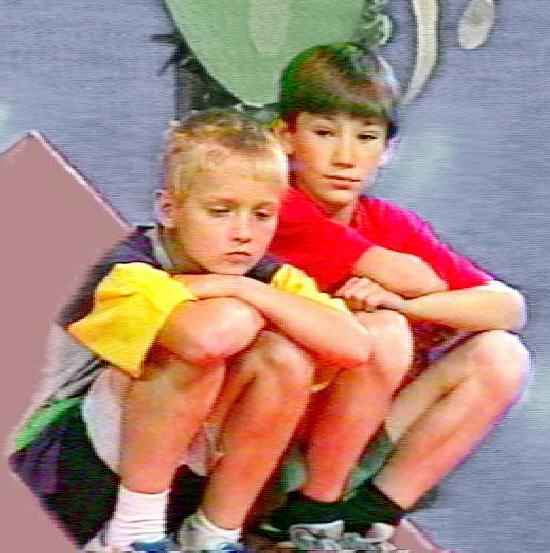
Figure 1.--The children here on "The Witty Kids". Here the children are guessing a riddle in a program broadcast about 1997. The clothes obviously are inspired by American styles. |

|
The Soviet Government and Communist Party totally dominated Russian television from its inception after World War II. As a resuly it was deathly dull. This changed somewhat with Glanost and even more after the dissolution of the Soviet Union at the end of 1991. The Russian television industry, as a result, has undegone many remarkable changes. Russian television as it transitioned from the Soviet era was owned and operated by federal and regional government agencies. All domestic programming was produced by state-owned government production companies or film studios. The television industry was funded entirely from government budgets. There was no commercial advertising. Only two Russian channels were broadcasted nationlly. Most Russian viewers had acces to two-five diffrent channels, depending on where they lived. There was some small-scale private operations which operated without government licenses. There was no market research into viewer preferences. TV stations wer privatized in the early 1990s. The Russian Government under President Putin, however, has restablished state control over Russian television. We have only limited information on Russian programing, but Russian readers have provided some informtion.
We do not know yet when the Soviet Union began television broadcasting, certainly after World War II. The Soviet Government and Communist Party totally dominated Russian television from its inception after World War II. All Soviet television and radio production was the responsibility of a federal cabinet-level agency--the State Committee for TV and Radio (Gosteleradio). Gosteleradio included two different types of channels. There were both national channels originating in Moscow and regional channels covering republics and various specific localities. Gosteleradio produced five full-time channels. Channel 1 and Channel 2 were broadcast throughout the Soviet Union. Channel 4 was the educational channel which was broadcast in European Russia and the Ukraine. Moscow and Leningrad (St. Petersburg, the two most important Soviet cities, had their own individual stations. The St. Petersburg channel was available throughout the European area of the Soviet Union. The Moscow channel broacasted in the Moscow oblast. Each of the 14 non-Russian republics had its own Gosteleradio, which broadcast regional programming over many different regional channels. While the national standards broadcasted in Russian, the regional channels had many programs in the local languages. Theoretically the regional channels were capble of tailoring their programming to the different ethnic and national audiences. Soviet viewers, however reportedly found the regionl programming to be unimaginative. Most preferred the national broadcasts--Channels 1 or 2. Even the national programming was not very exciting. This changed somewhat with Glanost and even more after the dissolution of the Soviet Union at the end of 1991. We have very few details on actual proframming. One Russian reader has mentioned "The Adventures of Eleckta" which showed how Sovit children dressed in the 1980s.
The Russian television industry, as a result, has undegone many remarkable changes. Russian television as it transitioned from the Soviet era was owned and operated by federal and regional government agencies. All domestic programming was produced by state-owned government production companies or film studios. The television industry was funded entirely from government budgets. There was no commercial advertising. Only two Russian channels were broadcasted nationlly. Most Russian viewers had acces to two-five diffrent channels, depending on where they lived. There was some small-scale private operations which operated without government licenses. There was no market research into viewer preferences. TV stations wer privatized in the early 1990s. The Russian Government under President Putin, however, has restablished state control over Russian television. We have only limited information on Russian programing, but Russian readers have provided some informtion. One program that Russian readers mention is "The Witty Kids" (about 1997). The children on the program solve riddles, telling funny stories etc. Another program was "Morning Star" (about 1998). It was a Sunday morning program which appears to have been a variety program. Some of the acts including children, including singers, musicians and dancers. A Russian reader tells us about popular weekly (friday) TV-Show "Pole Choodes" (Field of Wonders) in 2003. Usually children didn't take part in this show, but several times a year a special show was done with with children as players.
Internews, "A Survey of Russian Television", undated probably about 1992. A study contracted by the U.S. Agency for International Development.
Navigate the Boys' Historical Clothing Web Site:
[Return to the Main TV country page]
[Return to the Main Russian page]
[Introduction]
[Activities]
[Biographies]
[Chronology]
[Clothing styles]
[Countries]
[Photography]
[Theatricals]
[Bibliographies]
[Contributions]
[FAQs]
[Glossary]
[Images]
[Links]
[Registration]
[Tools]
[Boys' Clothing Home]
